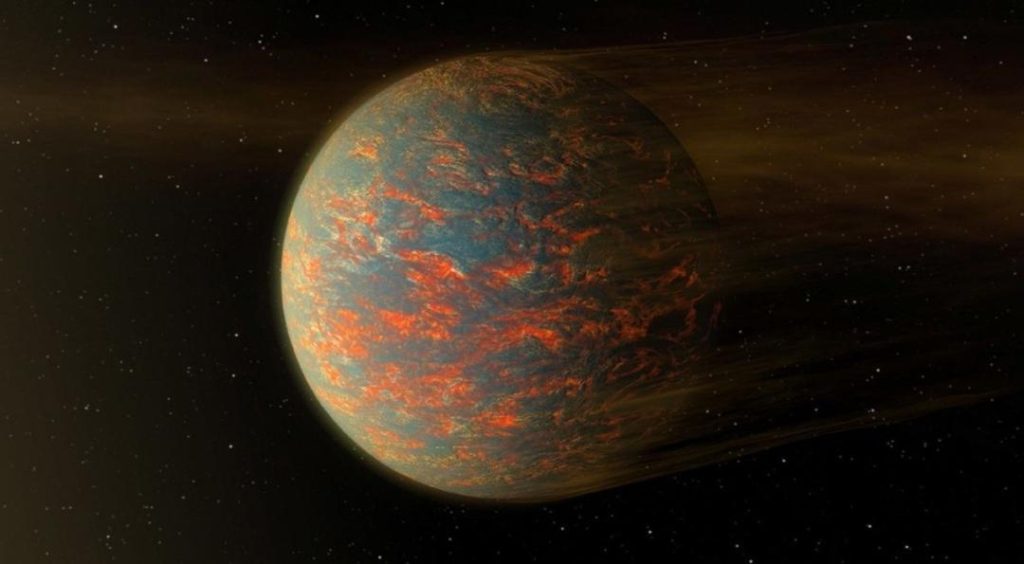
Newly-discovered super-Earth heats up & freezes every 300 days
In a fascinating discovery, scientists have found a new “super-Earth” orbiting a Sun-like star 20 light-years from our planet. This newly-discovered planet is unlike any other, as it experiences extreme heat for the first part of its year and freezes for the rest of the days, bouncing between extreme climates roughly every 300 days.
A planet classified as a “super-Earth” is defined as one that is bigger than our own Earth but lighter than Neptune and Uranus. This newly-discovered super-Earth, known as Kepler-1649c, is about 1.5 times larger than our own planet and orbits its star in an oval shape.
The discovery of Kepler-1649c was made possible thanks to NASA’s Kepler space telescope, which has been monitoring the star’s brightness for several years. By analyzing the star’s light curves, scientists were able to detect the presence of a planet orbiting it.
The most striking feature of Kepler-1649c is its extreme climate. The planet’s orbit is not a perfect circle, which means that its distance from its star varies throughout the year. When it is closest to the star, the planet is scorching hot, with surface temperatures reaching as high as 2,300°F (1,300°C). This is hotter than the surface of Venus, which is the hottest planet in our own solar system.
On the other hand, when Kepler-1649c is farthest from its star, it is extremely cold, with temperatures dropping to as low as -400°F (-240°C). This is even colder than the surface of Neptune, which is the coldest planet in our solar system.
The reason for this extreme climate is due to the planet’s elliptical orbit. When it is close to the star, it receives a massive amount of heat, causing the surface to heat up. However, when it is farthest from the star, it receives very little heat, causing the surface to freeze.
This unusual climate pattern is not unique to Kepler-1649c. There are several other exoplanets that have been discovered to have similar climate patterns. However, this particular planet is unique in that it is a super-Earth, making it a fascinating target for further study.
The discovery of Kepler-1649c has also raised questions about the possibility of life on other planets. While the extreme climate of this planet may not be suitable for life as we know it, it is possible that life could exist in other forms. For example, life could exist in the form of microorganisms that are able to thrive in extreme conditions.
The discovery of Kepler-1649c is a reminder of the vastness and complexity of the universe. The fact that a planet can exist with such extreme climate conditions is a testament to the incredible diversity of planets that exist beyond our own solar system.
Source:






